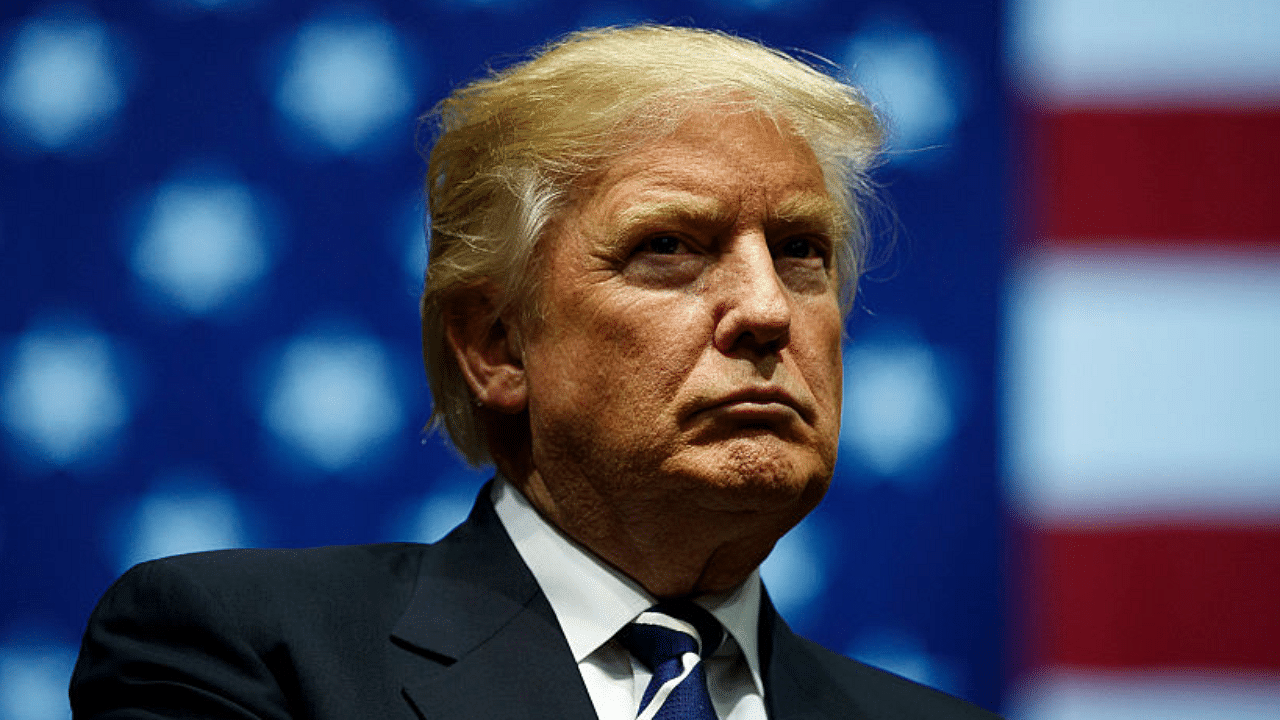
With a view to prevent any further violence, President Donald Trump’s Twitter and other social media accounts were suspended and some of his tweets were censored, leading to his son, Donald Jr., taking to Twitter to question the validity of censorship by a company, and its congruity with the US First Amendment provisions. Intriguingly, the events that occurred on January 6 are remarkably similar to events that occurred close to 52 years earlier. In 1969, the US Supreme Court delivered their judgement in Brandenburg v. Ohio. Clarence Brandenburg, who was one of the leaders of the K.K.K. (Ku Klux Klan, a white supremacist group) was arrested and charged with advocating violence and terrorism as a means for achieving reform.
The primary piece of evidence against him was a video clip in which Brandenburg made a speech to those who had assembled at his rally. In his speech, he suggested violence against the government, and asked his followers to join him in Washington. Brandenburg claimed protection under the US Constitution’s First Amendment, and all nine judges of the US Supreme Court agreed with him. In their judgement, the judges held that “constitutional guarantees of free speech and free press do not permit a State to forbid or proscribe advocacy of the use of force or of law violation except where such advocacy is directed to inciting or producing imminent lawless action and is likely to incite or produce such action.” Thus, under this, the standard of review required firstly, an express advocacy in violation of law; secondly, that such an advocacy has the propensity to cause immediate illegal action; and thirdly, there must be an intention to cause this illegality.
With this, the standard to get a conviction for mere advocacy had been set extremely high, as there must not only be advocacy for imminent illegal action but there must also be an intention for it as well. In a rousing speech, President Trump reiterated his complaints against the media, against the election being stolen due to voter fraud. “There’s never been anything like this. We will not let them silence your voices. We’re not going to let it happen. Not going to let it happen…” he said. To this, the crowd chanted, “Fight for Trump! Fight for Trump! Fight for Trump!” In the moment after this, he proceeds to tell them, “There’s never been a movement like this ever, ever for the extraordinary love for this amazing country and this amazing movement. Thank you,” to which the crowd replies with chants of, “We love Trump! We love Trump! We love Trump!”
With all the guns loaded, he finally presses the trigger, telling them “…we fight. We fight like hell and if you don’t fight like hell, you’re not going to have a country anymore…So we’re going to, we’re going to walk down Pennsylvania Avenue, I love Pennsylvania Avenue, and we’re going to the Capitol.” Taking his cue, the mob of supporters stormed into the Capitol in a naked attempt to overawe the Congressmen, who were at the time counting and certifying the electoral college votes of the presidential election, and violence and destruction of property soon began.
If we analyse portions of his speech here, Trump appears to be advocating an imminent lawless action as per the Brandenburg standard, and given the numbers, and their proximity to the Capitol, there was a clear threat for lawless action to occur rapidly. However, it is the intent, which would remain problematic to establish, as his actions during and after the incident would probably indicate otherwise.
It is here that it becomes clear to see that immediately after the crowd reacted to his speech, a necessity for suspending the President’s twitter account sprang up, so as to arrest the likelihood of further violence. Twitter, being a private forum, was entitled to regulate content, given the repeated judgements of the Roberts Court.
What will be intriguing to see in the coming days is how the court reconciles this with the judgement of a lower court, which had last year barred the President from blocking his followers, calling his account a public forum.
It will also be interesting to see how the courts in future decide on the issue of whether a public forum provided by a private company can be regulated in any manner to manage public participation and resolve its possible conflict with the individual’s First Amendment rights.
While this issue may be far down the road in the future, a more immediate question that needs to be resolved in light of the presidential insurrection is how far should constitutional accommodations be provided to those who use the constitutional platform to break the democratic machinery itself?
The House of Representatives has impeached President Trump for a second time. When the Senate trial to convict him begins, we will surely hear more about this.
(The writer teaches law at O P Jindal Global University)